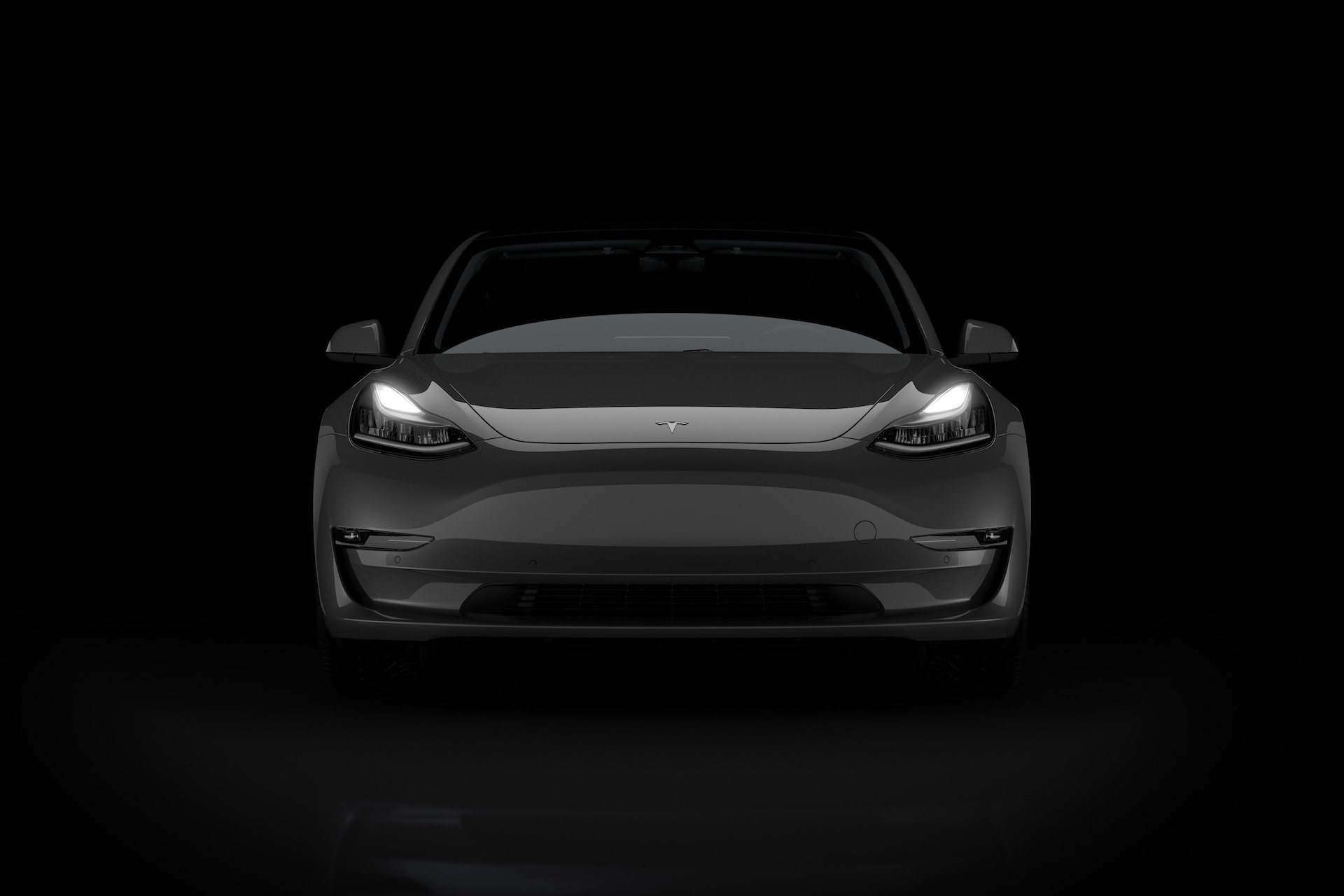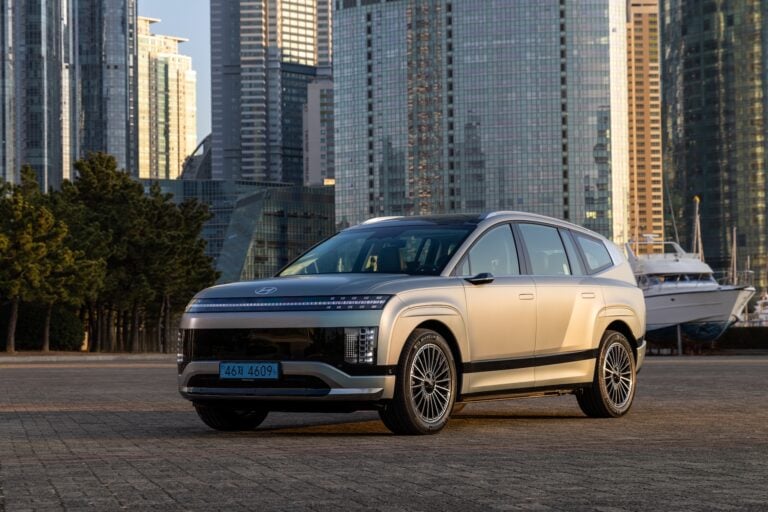Sign up for our popular daily email to catch all the latest EV news!
January 2025 has kicked off with a dynamic mix of performance across global electric vehicle (EV) markets. While seasonal factors and policy uncertainties continue to shape short‐term numbers, early data from key regions point to an industry poised for further transformation in the coming year.
Strong—but Mixed—Performance in China
China remains the powerhouse of EV production and sales. In January, leading Chinese EV manufacturers reported varied results as the market adjusted for seasonal influences, notably the impact of Chinese New Year. According to data from CarNewsChina, major players posted the following figures for passenger new energy vehicles (NEVs):
- BYD sold 296,446 units—up approximately 47.5% year-on-year despite a 42% decline from December’s figures.
- Geely Auto delivered 121,071 units, marking a modest 4% increase compared with December.
- Xpeng recorded 30,350 units, down 17% month-over-month, while Li Auto and Nio saw declines of 48.9% and 55.5% from December respectively, though both brands reported healthy year-on-year gains (carnewschina.com).
These figures underscore a market that, while facing typical January seasonal softness, continues to drive significant year-on-year growth fueled by robust domestic demand and supportive government policies—such as the continuation of popular trade-in subsidies.
U.S. Market: Modest EV Penetration Amid Policy Uncertainty
In the United States, overall auto sales in January were robust, with S&P Global Mobility estimating total light vehicle sales at about 1.15 million units. However, the battery electric vehicle (BEV) share remained relatively modest, with a projected 9% market penetration for the month (spglobal.com).
Analysts note that while overall sales figures are buoyed by a strong December close and lower inventory levels, EV-specific growth in the U.S. continues to be tempered by policy uncertainty. With the incoming administration under President Donald Trump signaling potential rollbacks on EV tax credits, market sentiment remains cautious even as long-term forecasts predict a 16% annual growth in EV sales (reuters.com; apnews.com).
Europe and Other Regions: Preparing for a Rebound
Although detailed January figures for Europe were not as readily available as for China and the U.S., industry forecasts indicate that the European EV market is set for a rebound in 2025. Rho Motion’s outlook forecasts a 15% sales increase in Europe, driven by the introduction of stricter CO₂ emissions targets and the availability of more affordable EV models (reuters.com).
This anticipated recovery is critical for European automakers, many of which faced a challenging 2024 marked by subsidy withdrawals and tougher regulatory environments. The ongoing shift toward smaller, cost-competitive EV models below the €25,000 threshold is expected to stimulate consumer uptake across the continent.
Global Outlook: On Track for Over 20 Million EVs
While January’s data provide a glimpse into current trends, full-year forecasts remain optimistic. Rho Motion projects that global sales of fully electric and plug-in hybrid vehicles will rise by at least 17–18% in 2025, pushing annual totals beyond the 20 million-unit mark (rhomotion.com).
The global breakdown from Rho Motion’s forecasts is telling:
- China: Projected sales of 12.9 million units, growing by 17%.
- Europe (including EU, EFTA, and the UK): Expected to reach 3.5 million units, up by 15%.
- USA & Canada: Forecasted at 2.1 million units, with a 16% growth rate.
These figures underscore a resilient market, one that is adjusting to a complex mix of policy shifts, technological advancements, and evolving consumer preferences.
Industry Drivers and Emerging Challenges
Several factors continue to drive global EV sales:
- Government Incentives: In China, continued trade-in subsidies have been pivotal, while in Europe, new emissions standards and potential reintroduction of incentives are fueling optimism. In contrast, the U.S. faces uncertainty as policy shifts could effectively increase the purchase price of EVs by eliminating tax credits.
- Seasonal Trends: January typically sees a slowdown following a strong December close. Although this has resulted in month-over-month declines for some Chinese brands, year-on-year comparisons remain strong.
- Technological Improvements and Model Availability: The expansion of EV model ranges, especially in the sub-€25,000 segment in Europe, is expected to bolster sales. Meanwhile, established brands in the U.S. and China continue to refine their offerings to balance performance, cost, and consumer confidence.
Bottom Line
January 2025 has set a nuanced stage for the global EV market. While Chinese manufacturers continue to dominate with impressive year-on-year gains—even as some report lower figures compared to December—markets in the U.S. and Europe face their own sets of challenges and opportunities. With full-year forecasts indicating that global EV sales will surpass 20 million units, the industry appears poised for a transformative year ahead despite short-term headwinds from seasonal fluctuations and evolving government policies.
As automakers and policymakers navigate these complexities, the January data reinforce an industry in transition—one that is steadily moving toward a future where electric mobility plays an ever-greater role in the global automotive landscape.
Sign up for our popular daily email to catch all the latest EV news!








